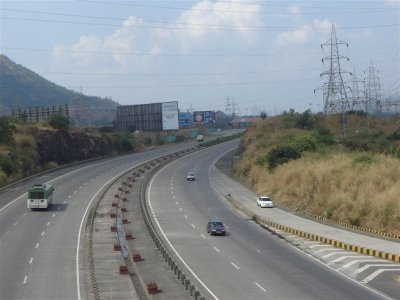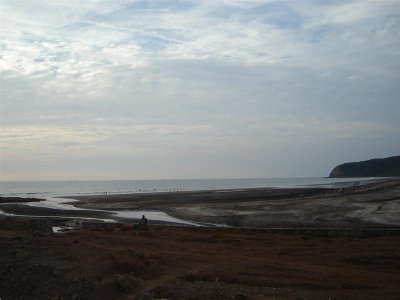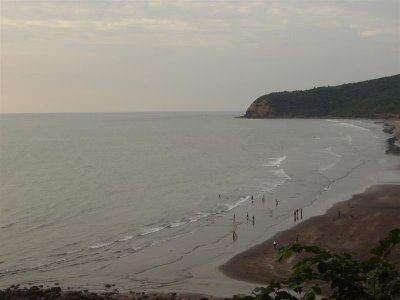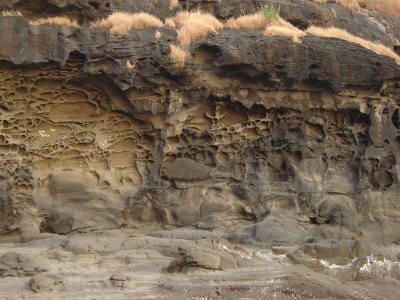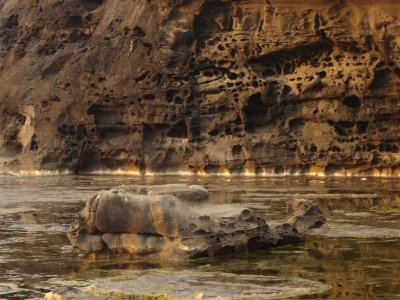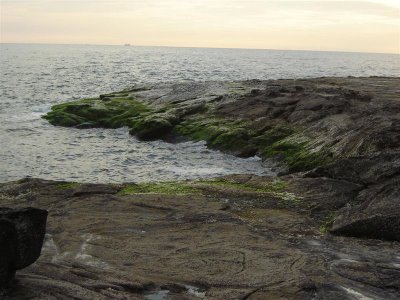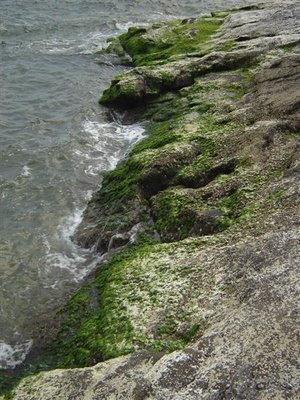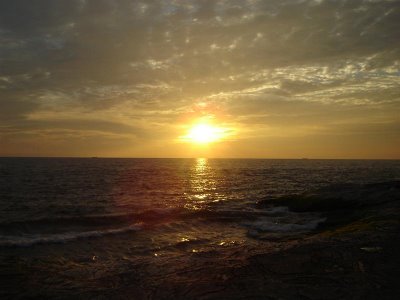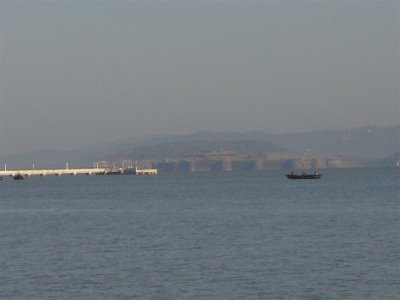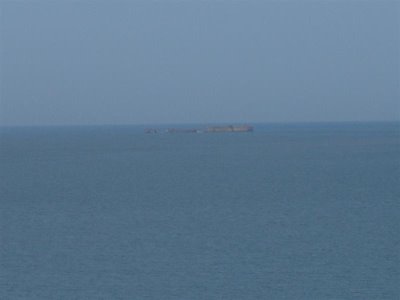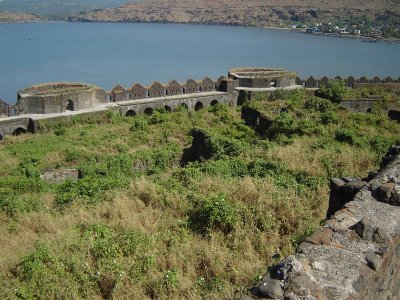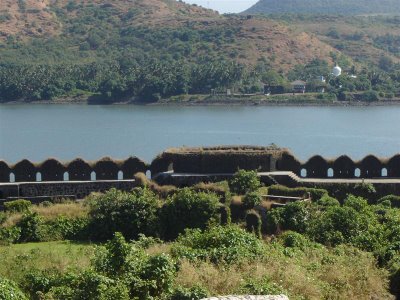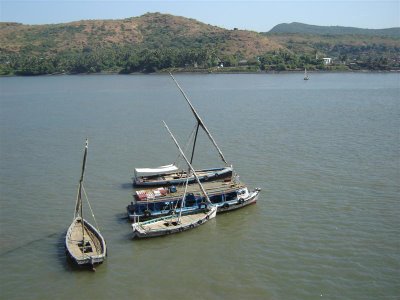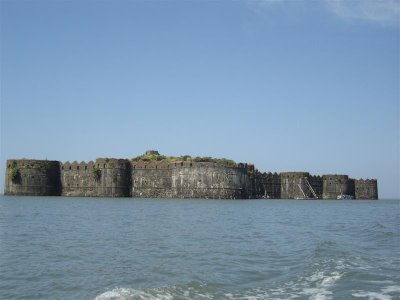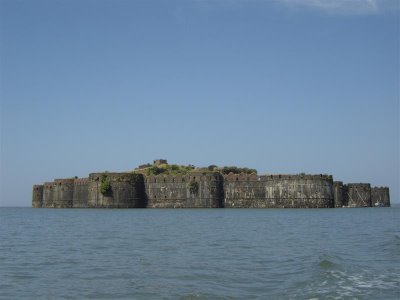Srivardhan is a sleepy town a few hundred kms south of Mumbai. It is very beautiful as are most places in Konkan. It though has two unique things about it - one good and one ugly that make it stand apart from other town's in Konkan.
Firstly the first Peshwa (Peshwa = Prime Minister in Marathi) of Maratha Empire - Balaji Vishwanath comes from this town
Secondly, (and the ugly part) - the explosives (RDX) for the 1993 Mumbai serial blasts came to this place from Karachi (actually at a cost a few kms from the town - Shekhadi).
Now for the photos!
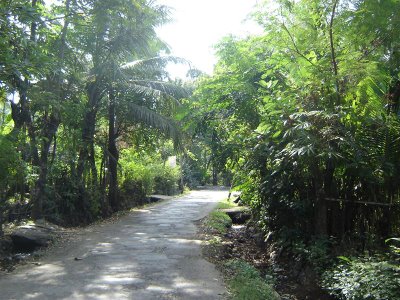
Just entering the 'village' side of the town and past the 'city' part of the town you have roads like this, narrow tar road covered on both sides by thick vegitation with sea on one side and hills on the other!
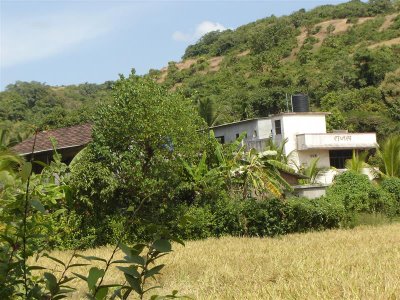
The place where we had stayed

Quick view of the hills from our hotel. This sight is not unique to Srivardhan, the entire Konkan is nothing but thin strip of land a stretching for a few hundred kms south of Mumbai and between the Sahyadri mountains and the Arabian sea.

Time to harvest the Kharif crop. Rice is the staple crop and diet of people in Konkan.

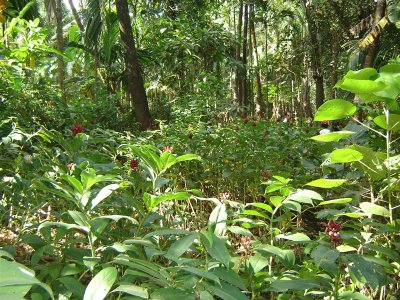
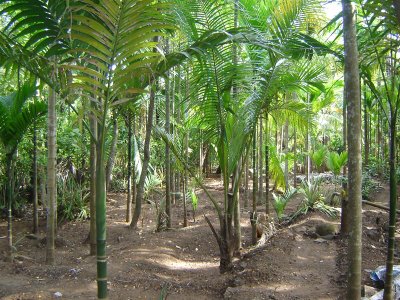
The above 3 photos are that of a typical 'vadi' in konkan. A 'vadi' is nothing but piece of land owned by a family on which you have various varieties of plants being grown. Now these 'vadi's' are the real wealth of Konkan. The typical plants one can expect to find are fruits - coconut, beetlenut, mango, jackfruit, pineapple and spices - pepper, chillies, cumin etc. Just a walk through one of these 'vadi's' is extremely refereshing - you hardly feel the sun even if you are walking at noon. Further many of these vadi's typically lead onto the sea, so after being tired of walking through it, you can relax on seashore.
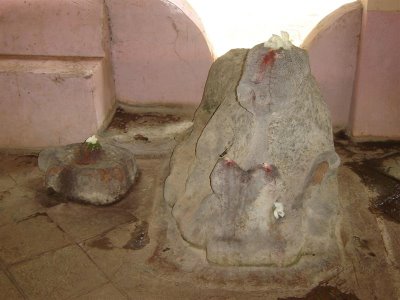

One of the temple's in Srivardhan - Jeerneshvar or Lord Shankar

A typical village in Konkan. Notice the floor - it is made of cow dung - cowdung is an insecticide, and is also a cheap insulator helps keep floor temperature moderate.

The above photo was taken enroute to Divye Agar from Srivardhan and shows a beautiful coast and lush tree linings alongside.
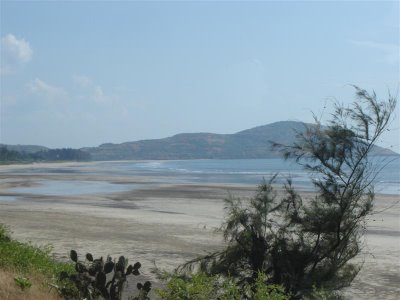
Somewhere along this stretch of the shore (+/- few kms) is the infamous Shekhadi beach (as described above)

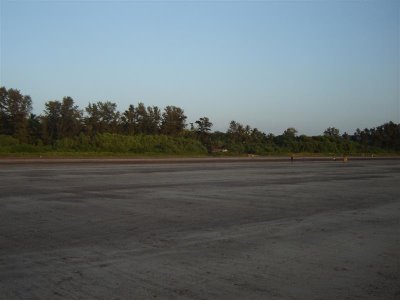



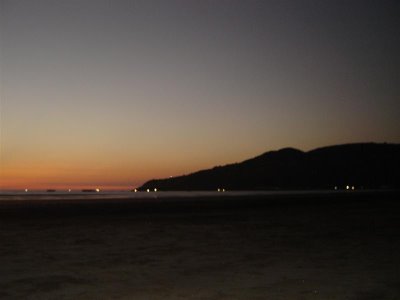
Srivardhan beach and sunset and a couple of views post sunset
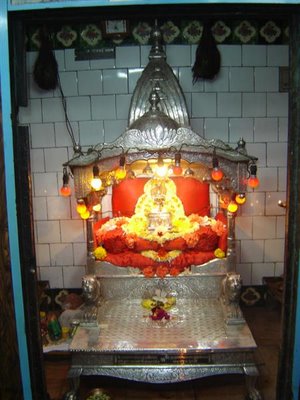
The goddess of Srivardhan. Typically every village/town will have its own goddess.

What you see above is typically an example of blind faith prevalent even in this 21st century. The board above (this is in the temple mentioned above) claims that this goddess has the power to cure snake bites - all one has to do is bring the victim here and do some religious procedure and NO medical intervention is necessary. Without saying, I do not intend to test this if bitten by a cobra :)


Above 2 photos were taken during our return journey to Mumbai - somewhere just post Mhasala. I am not sure exactly. But the sight of the distant sea in the top and of the small pond in the bottom picture is amazing.
